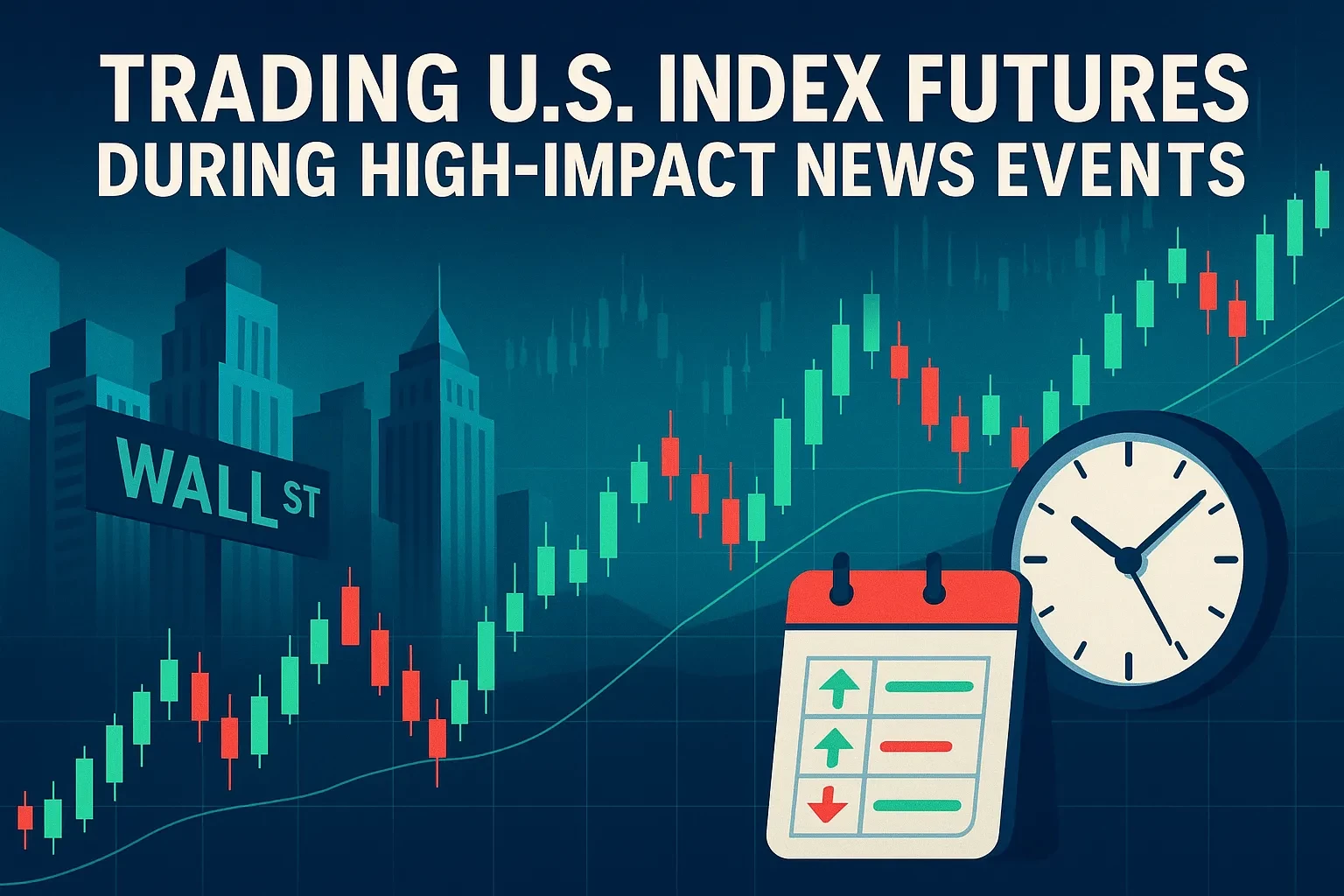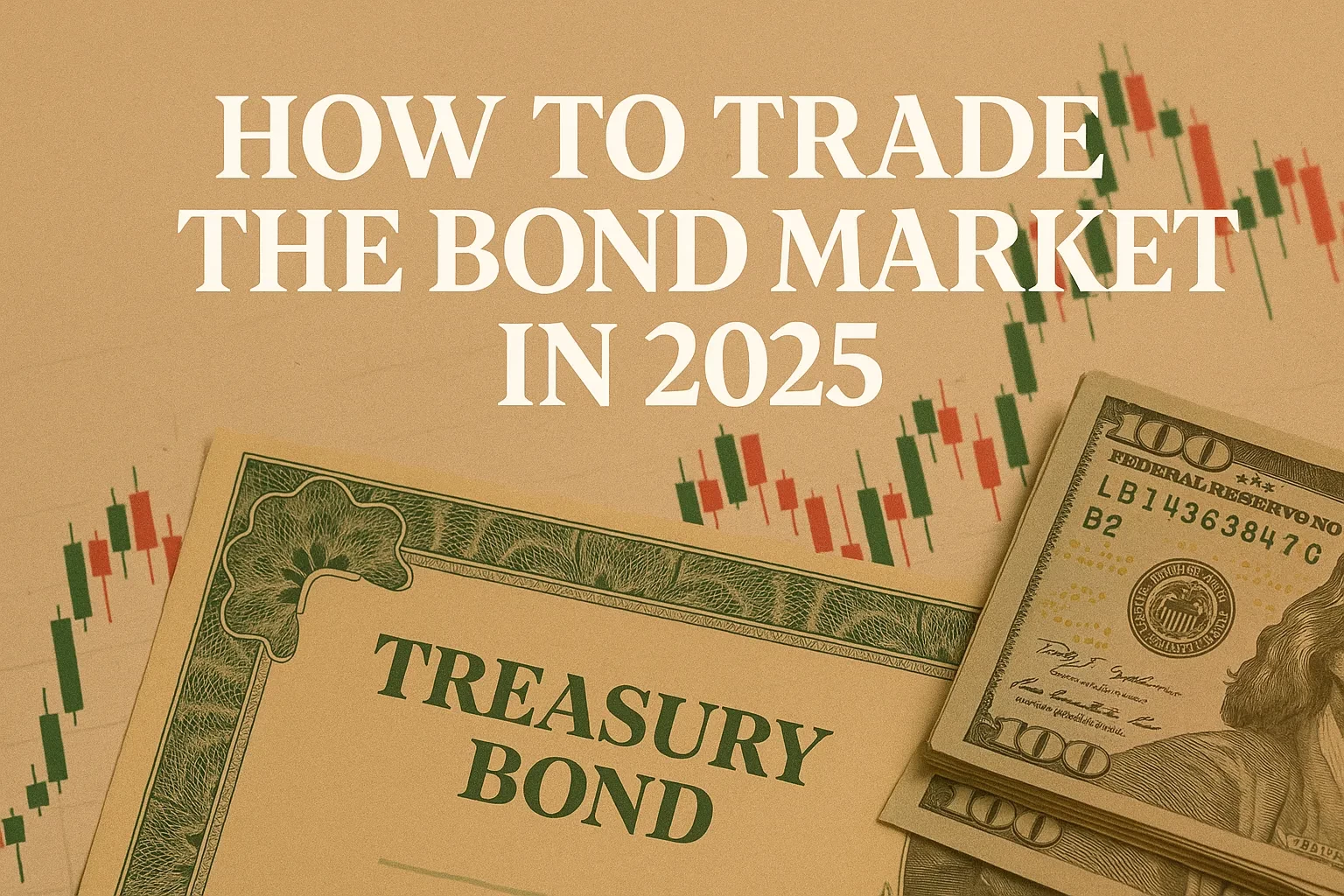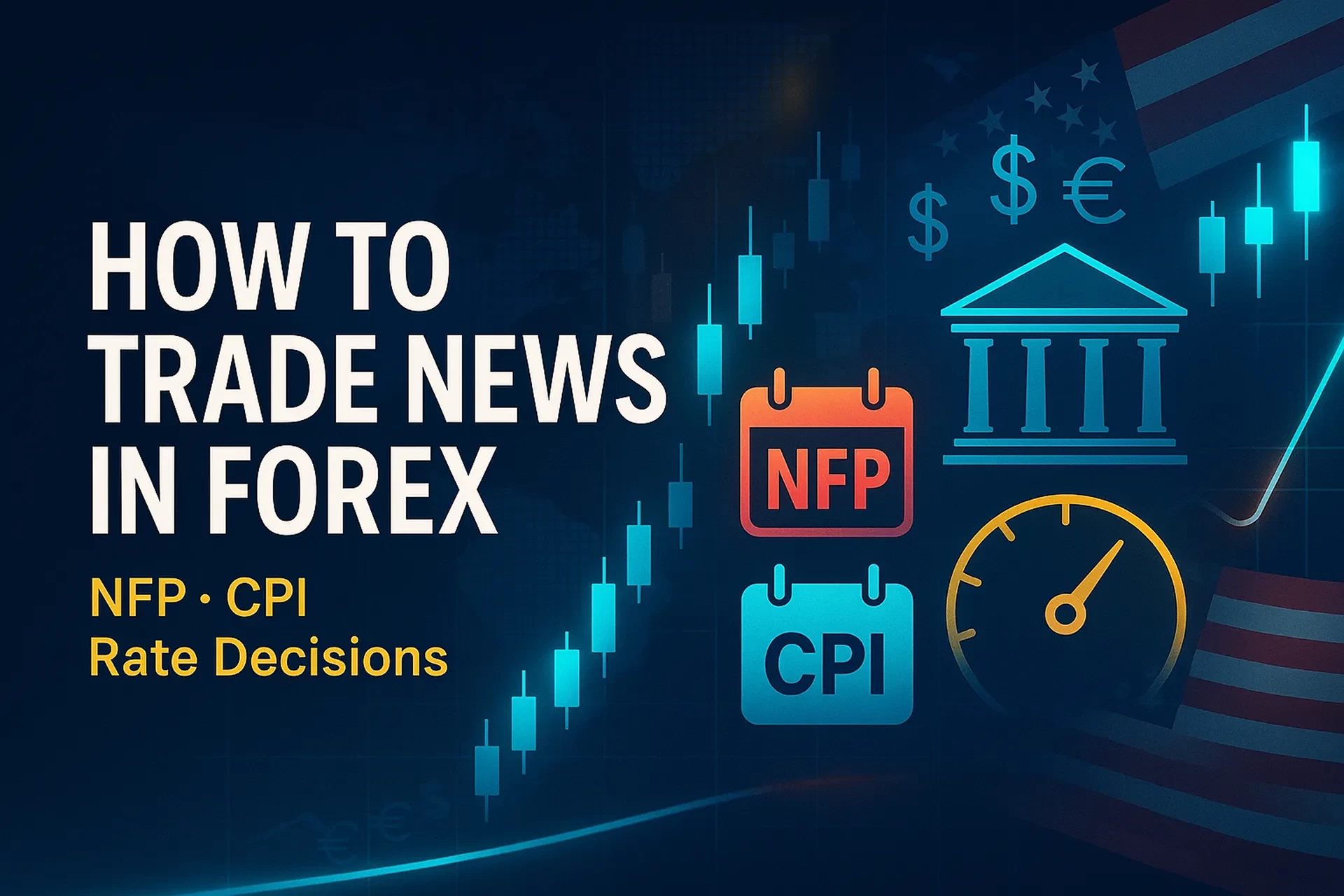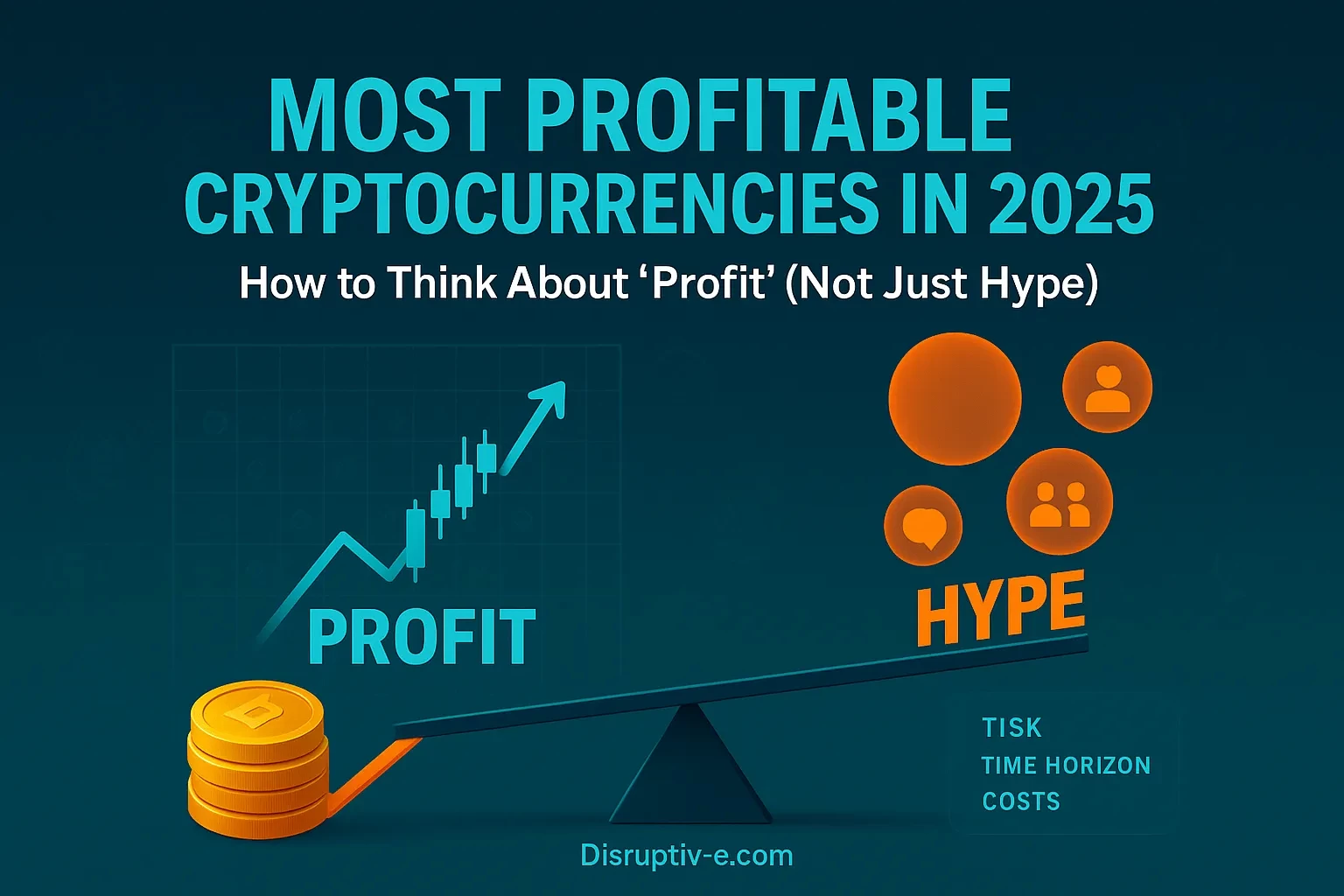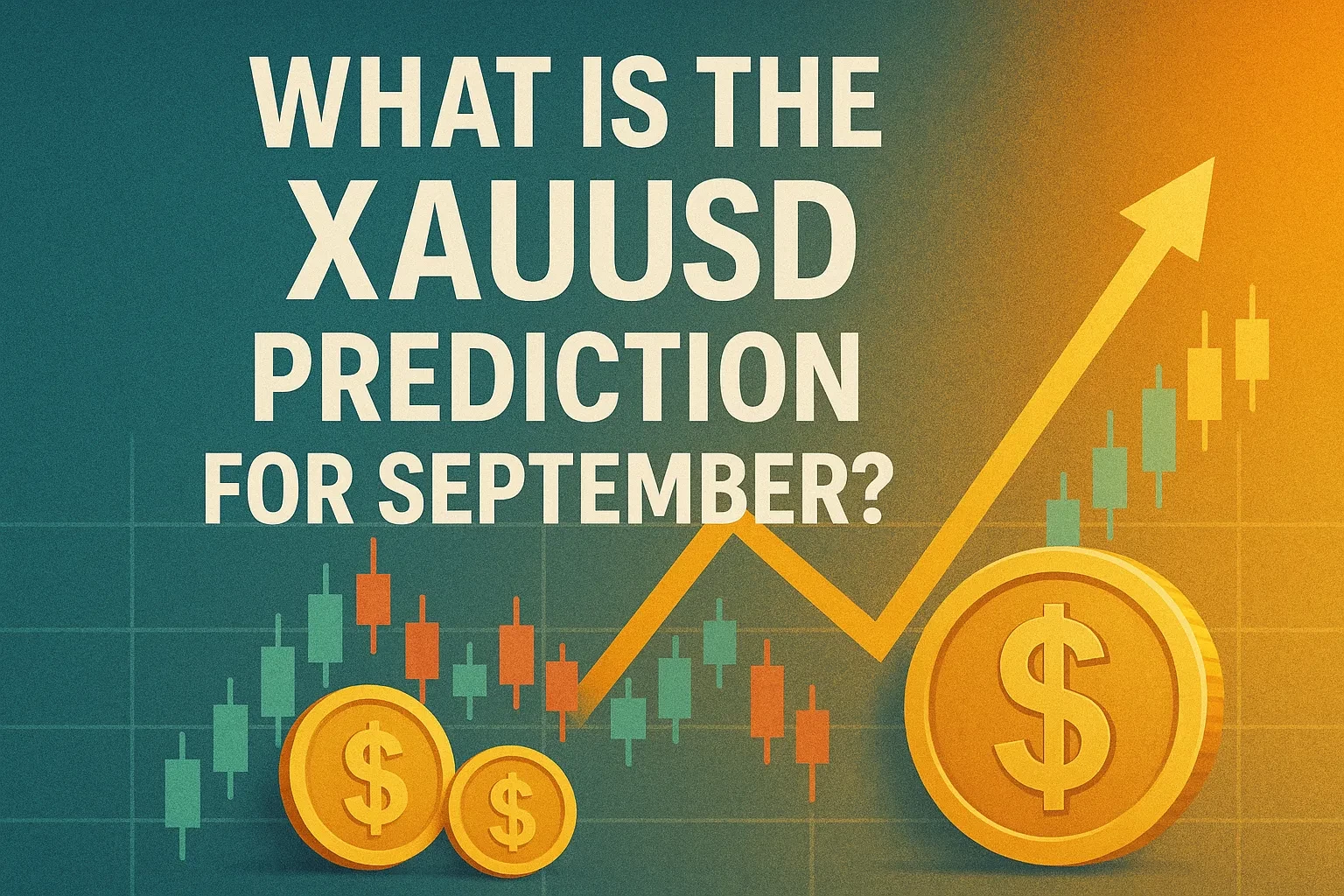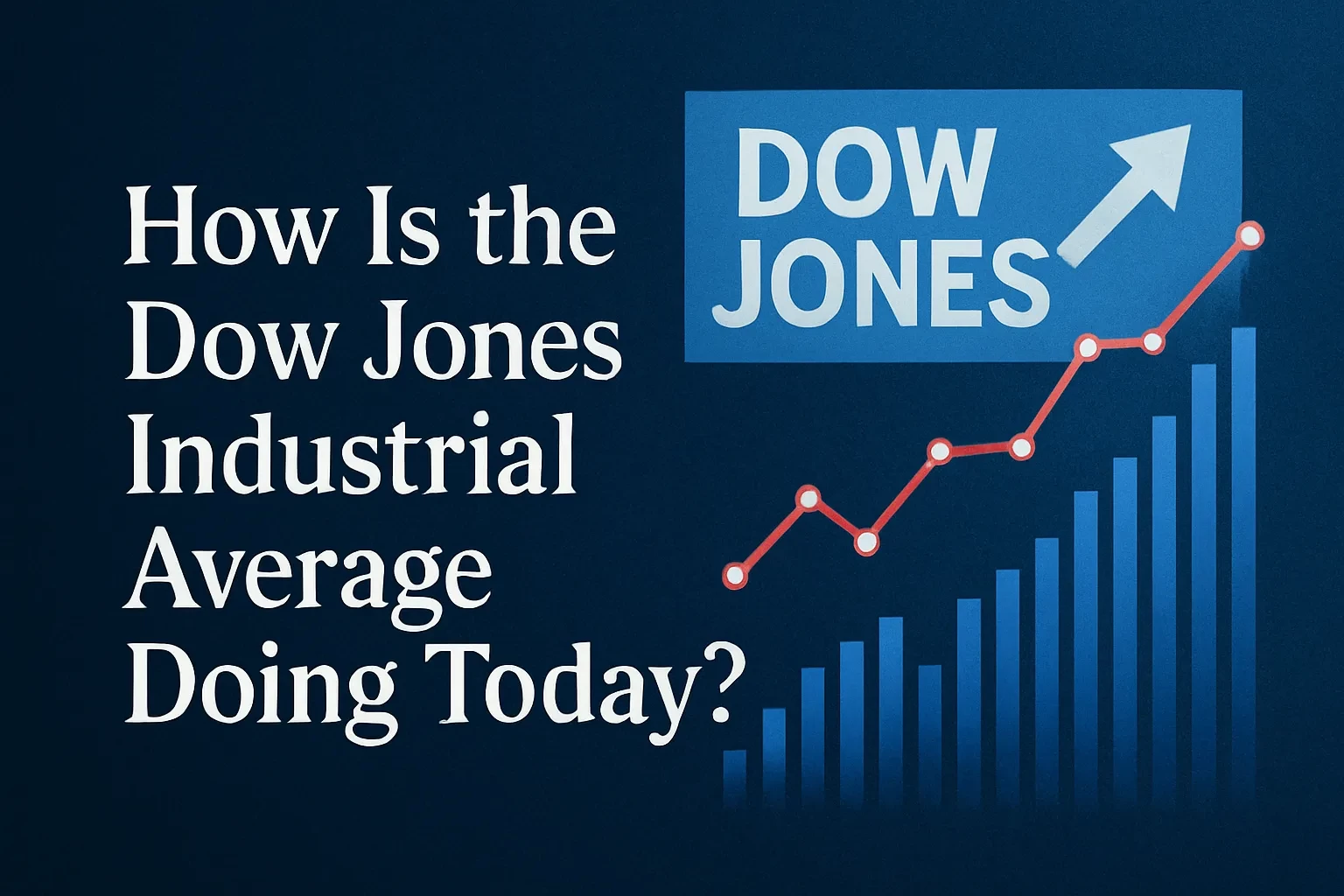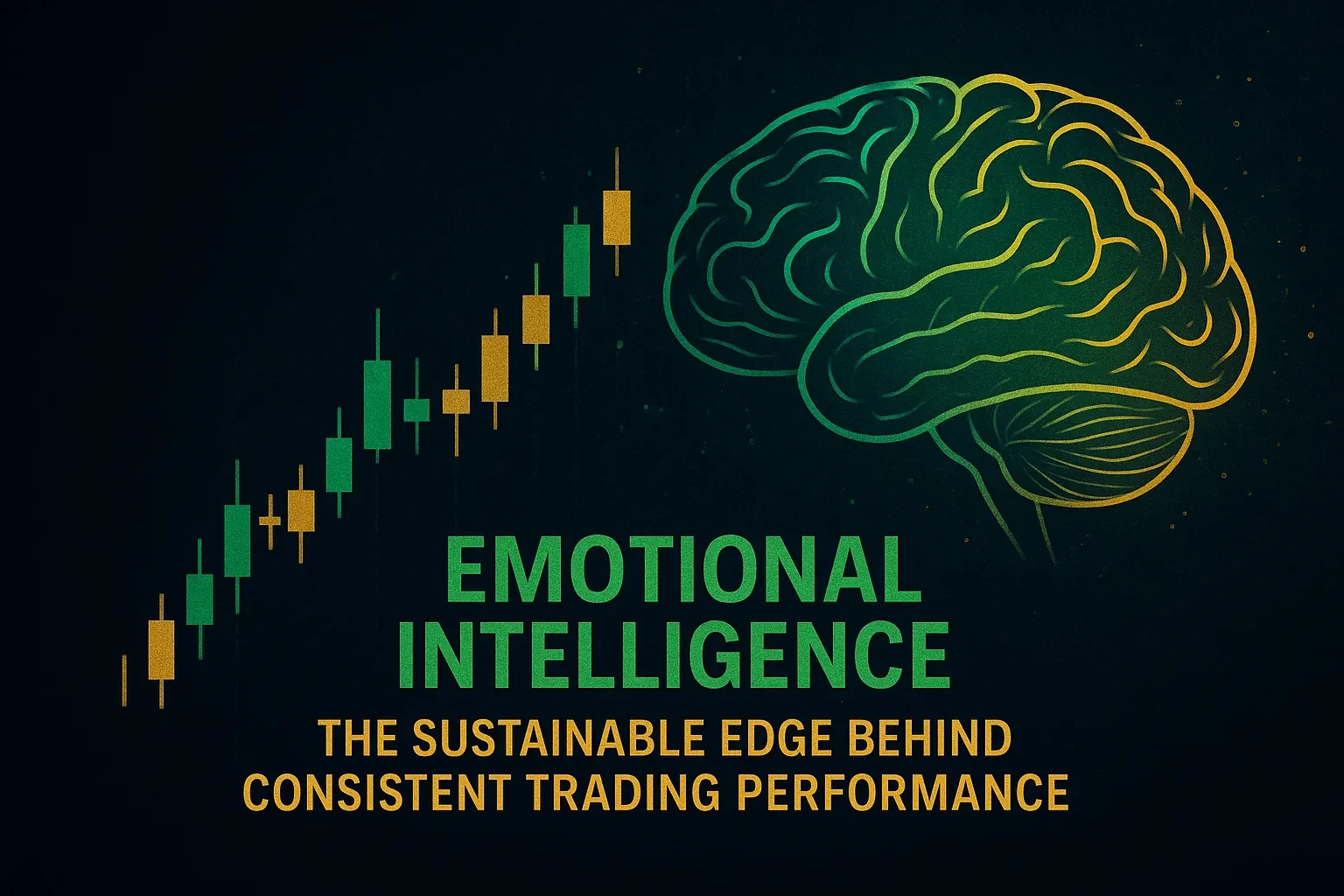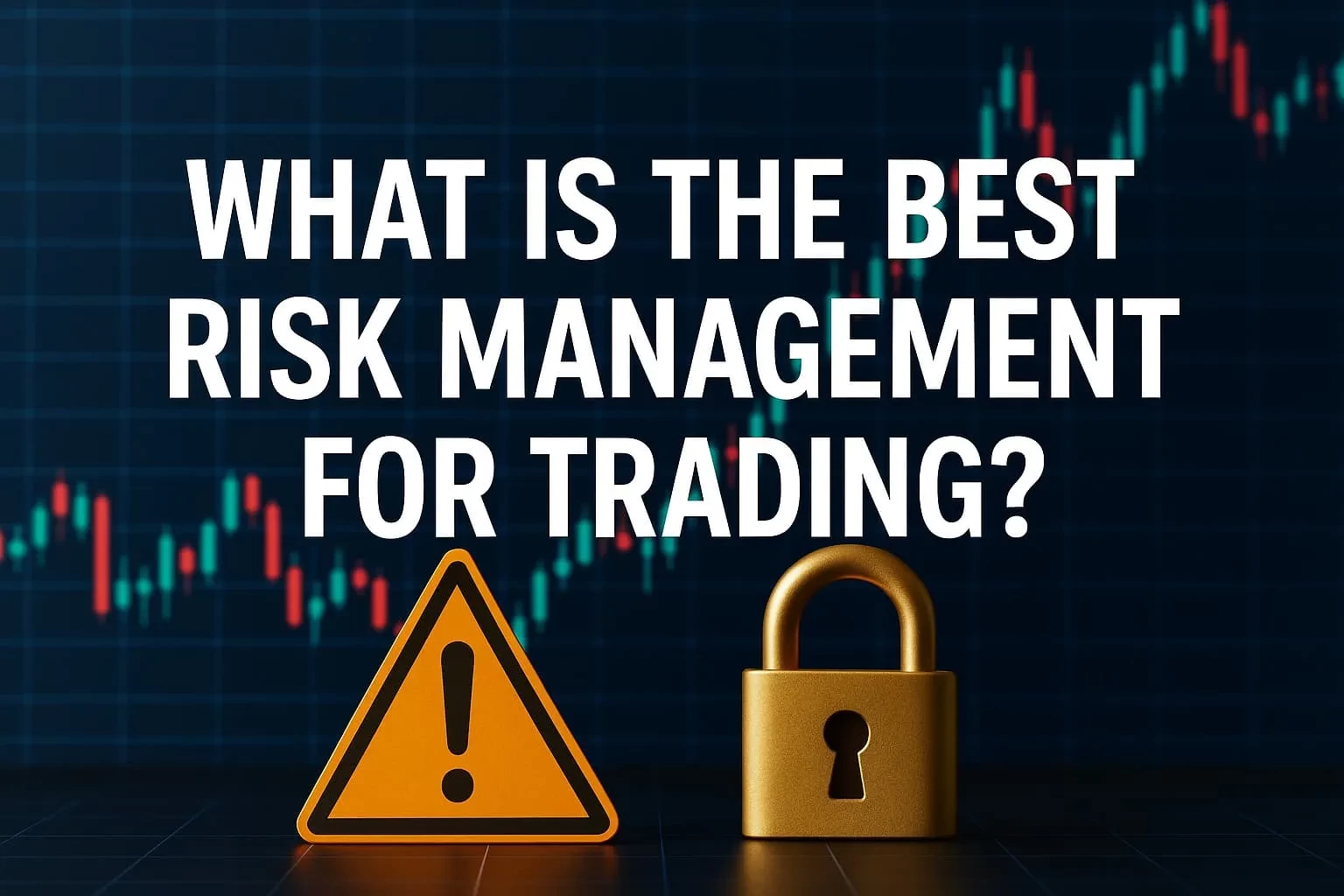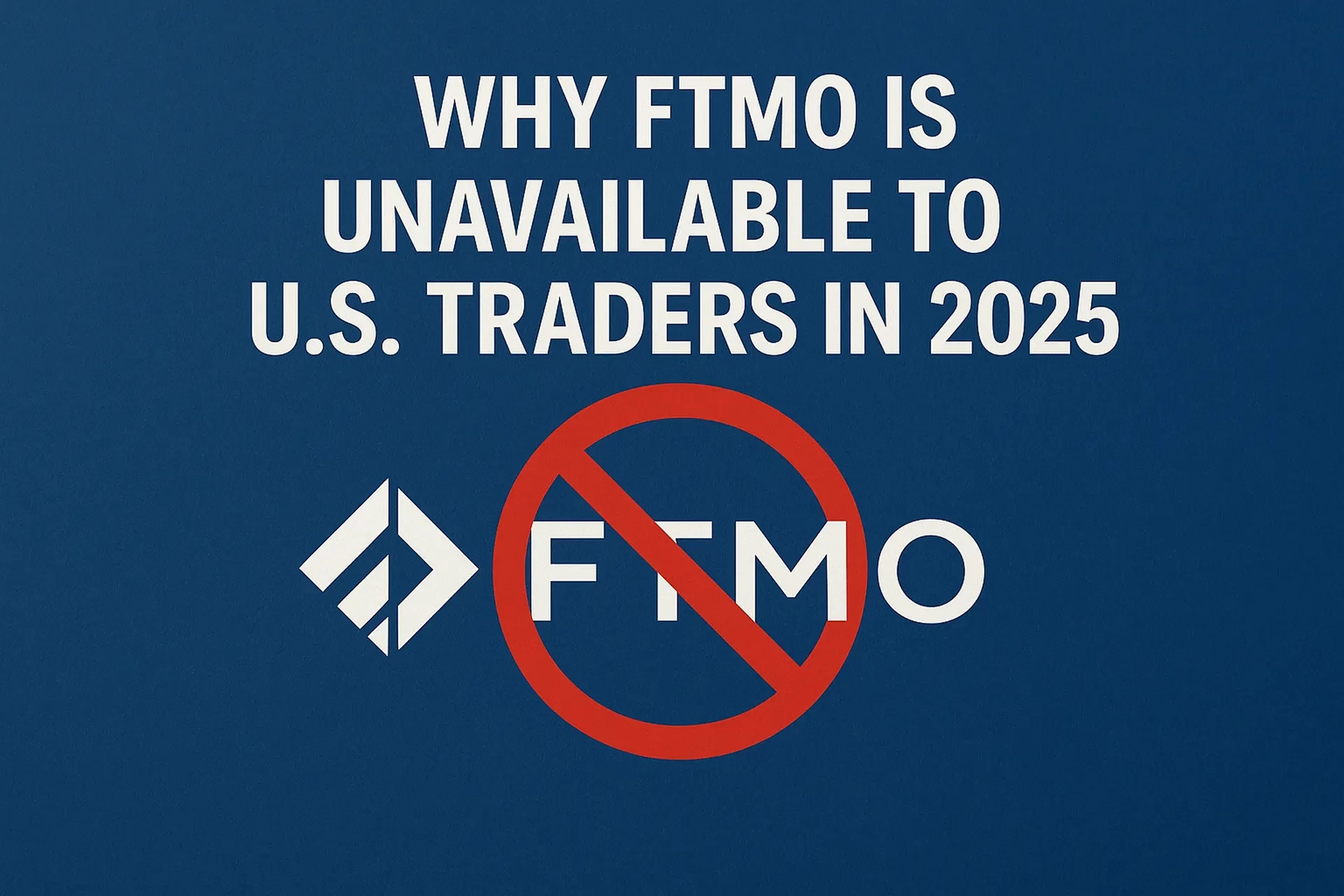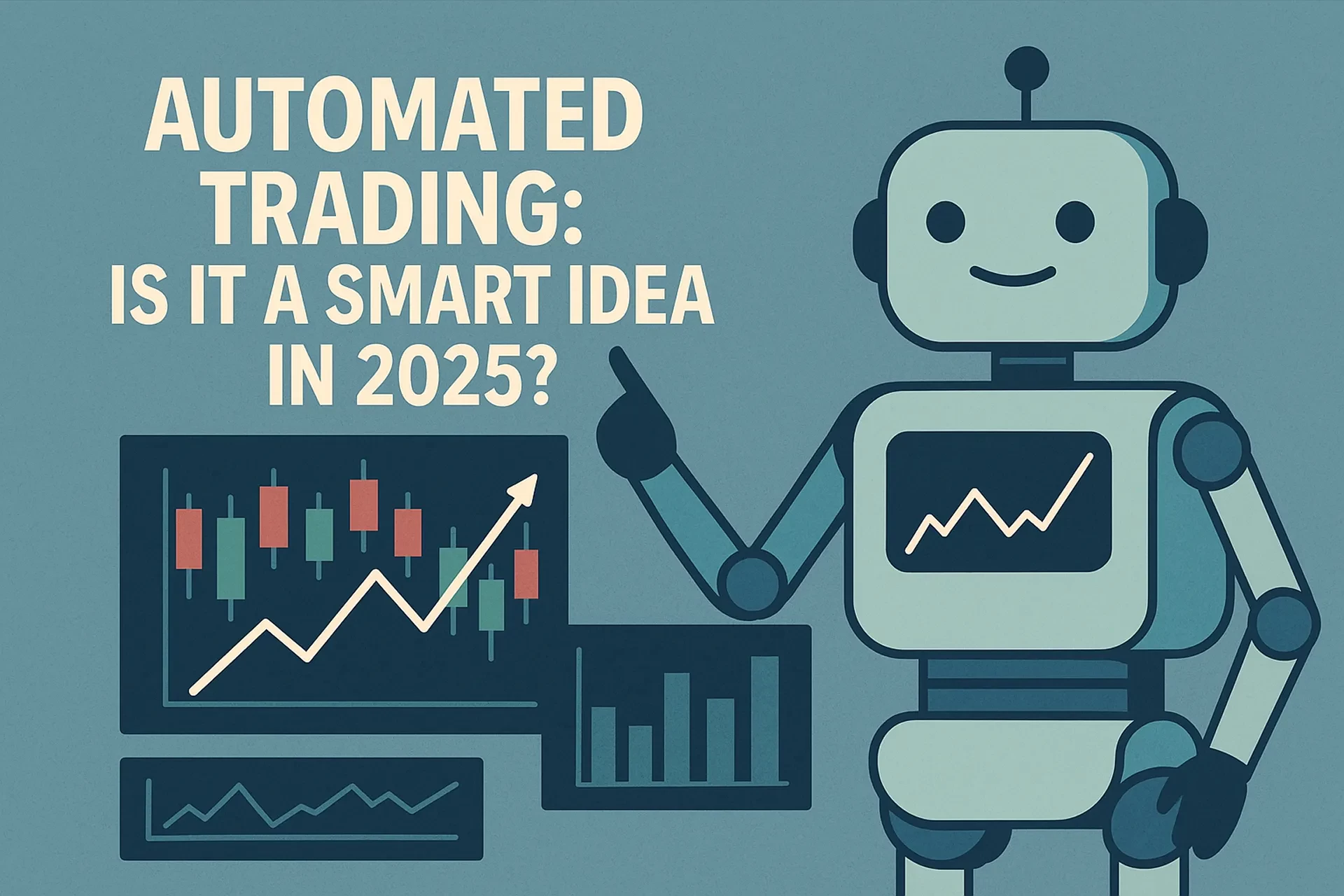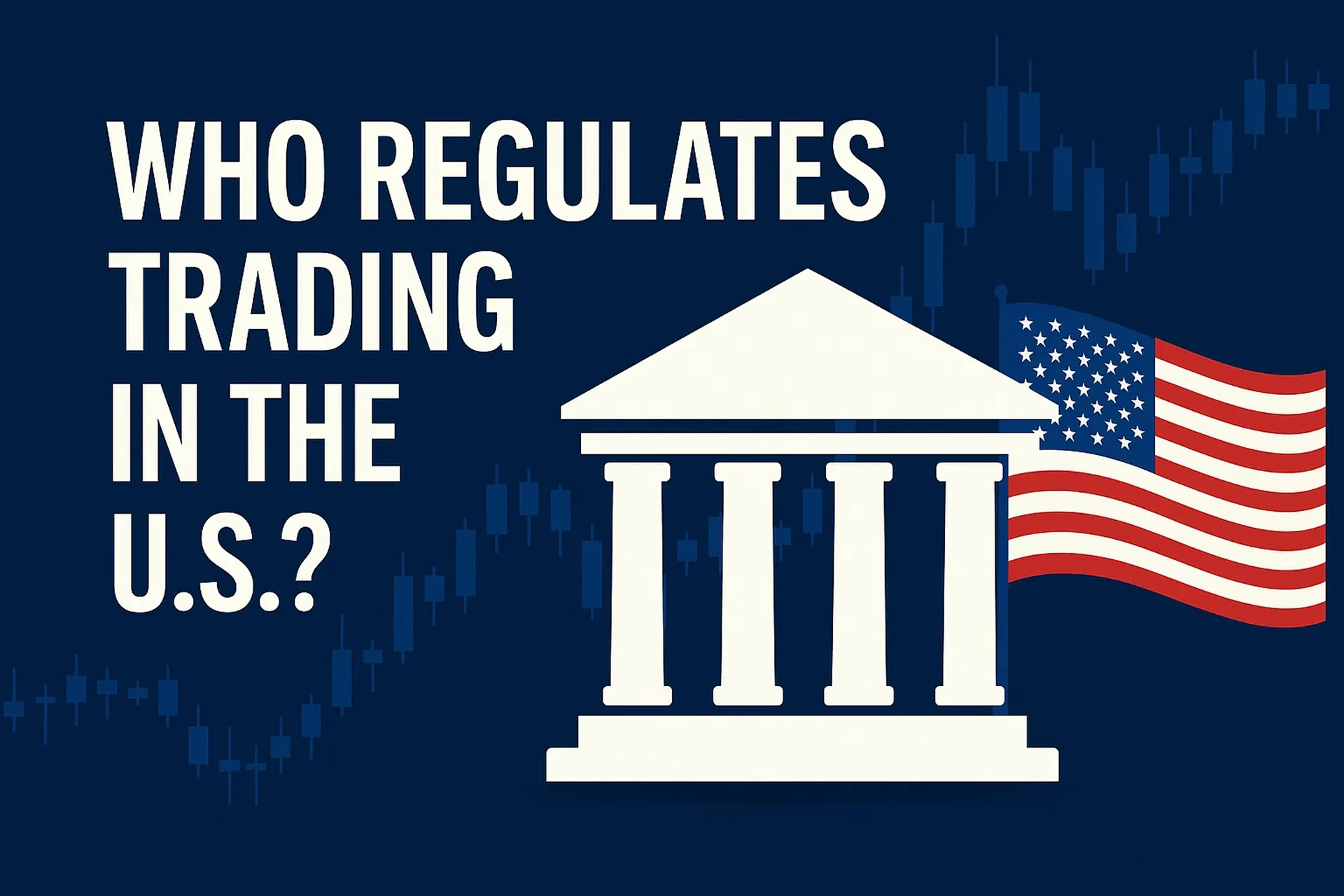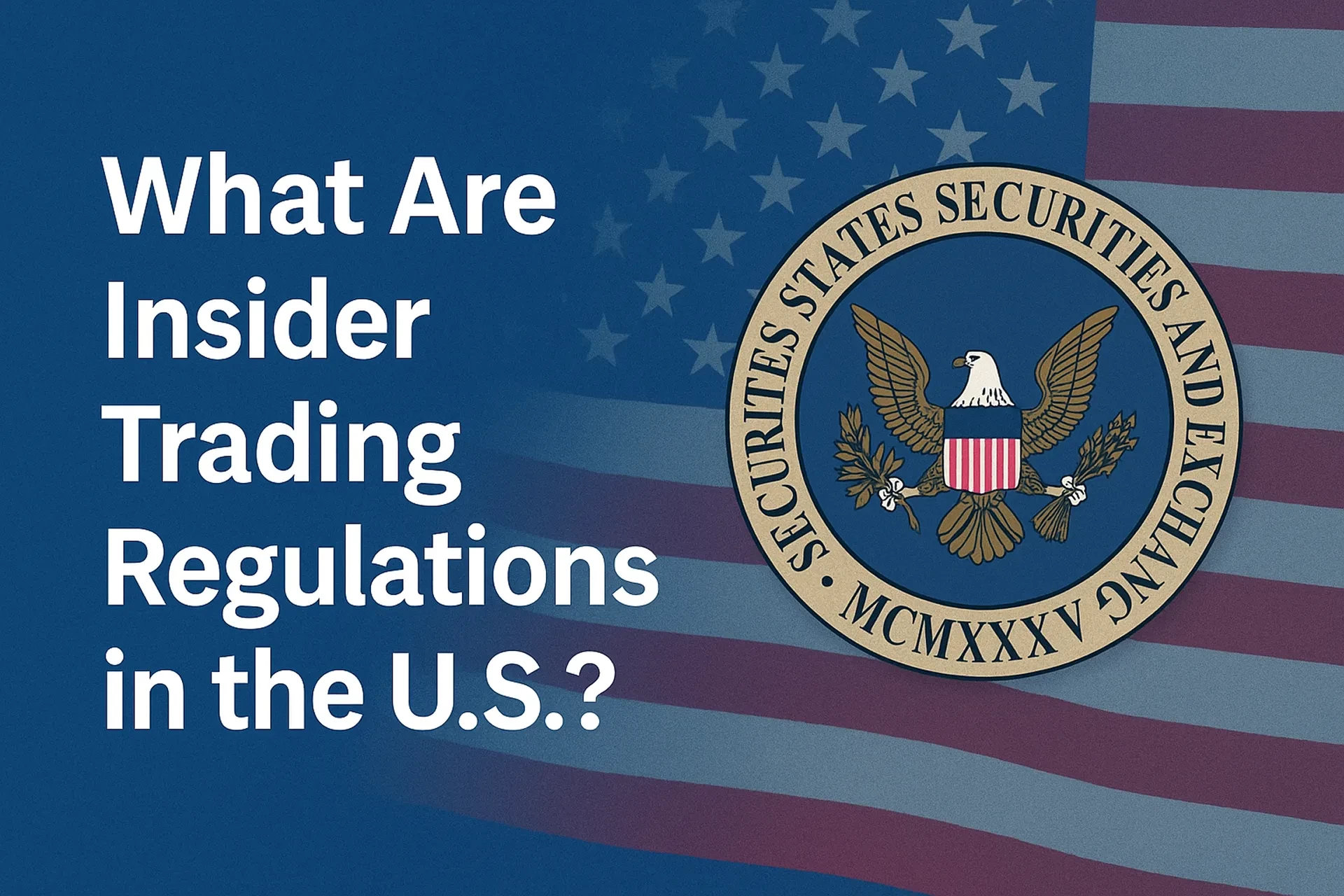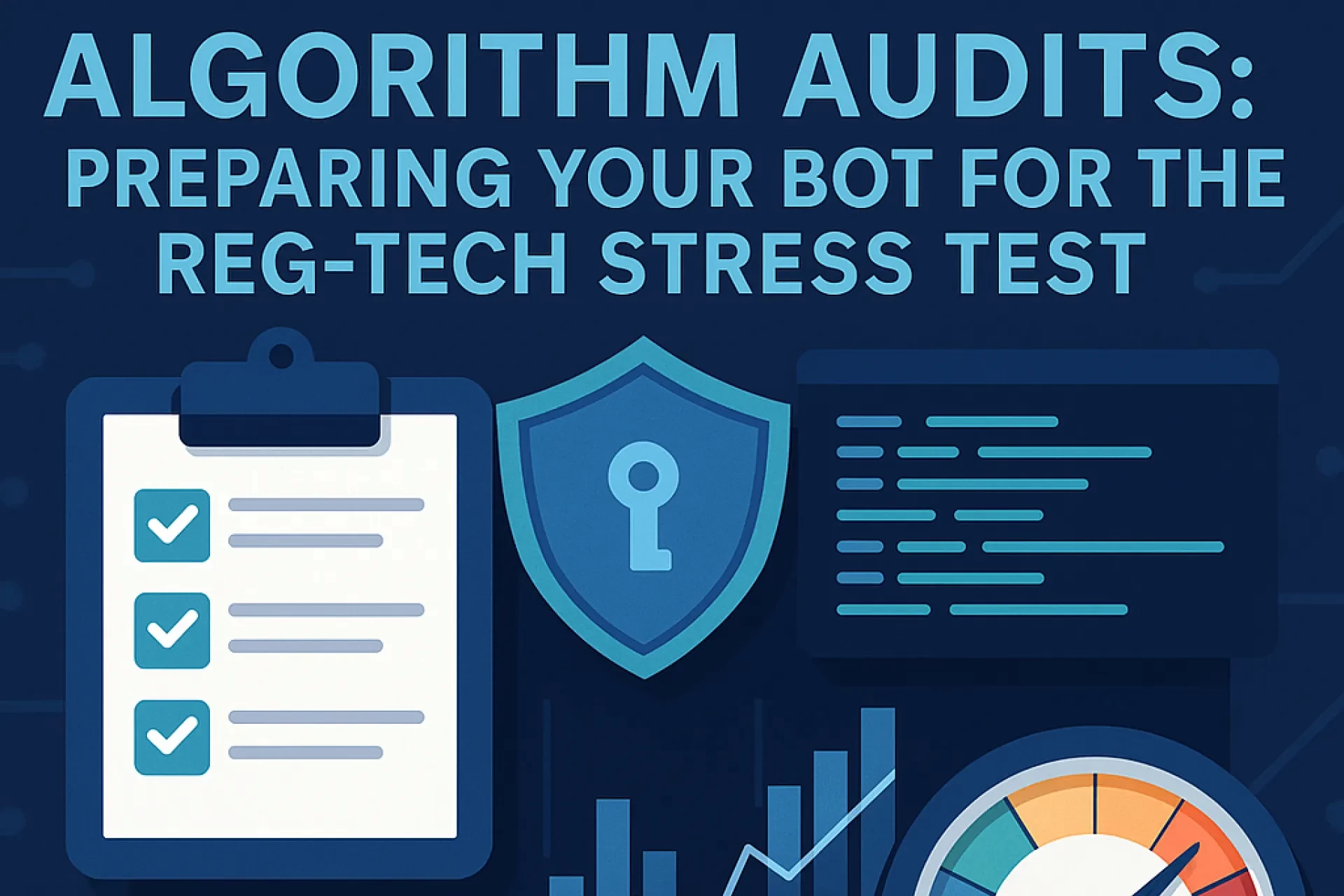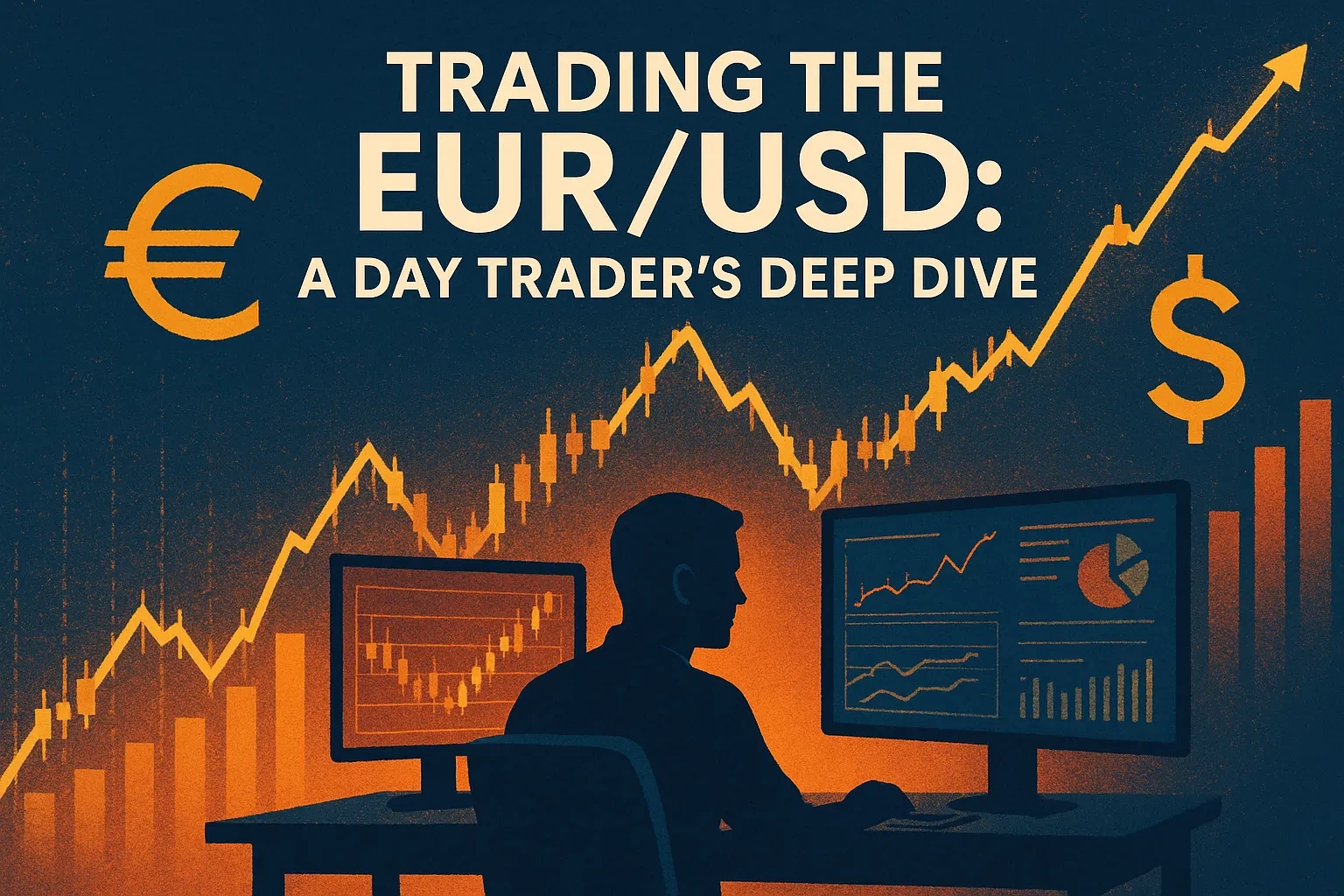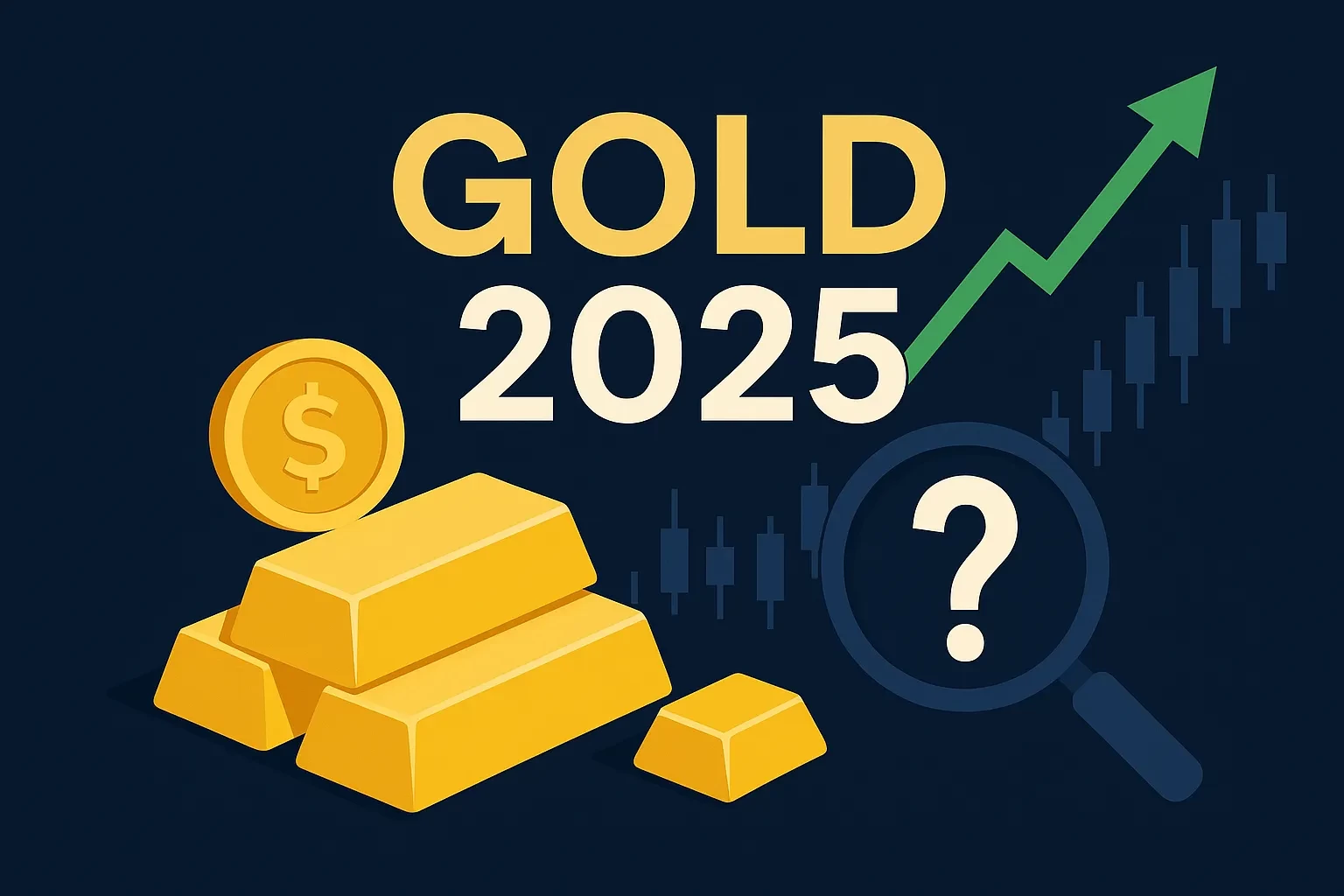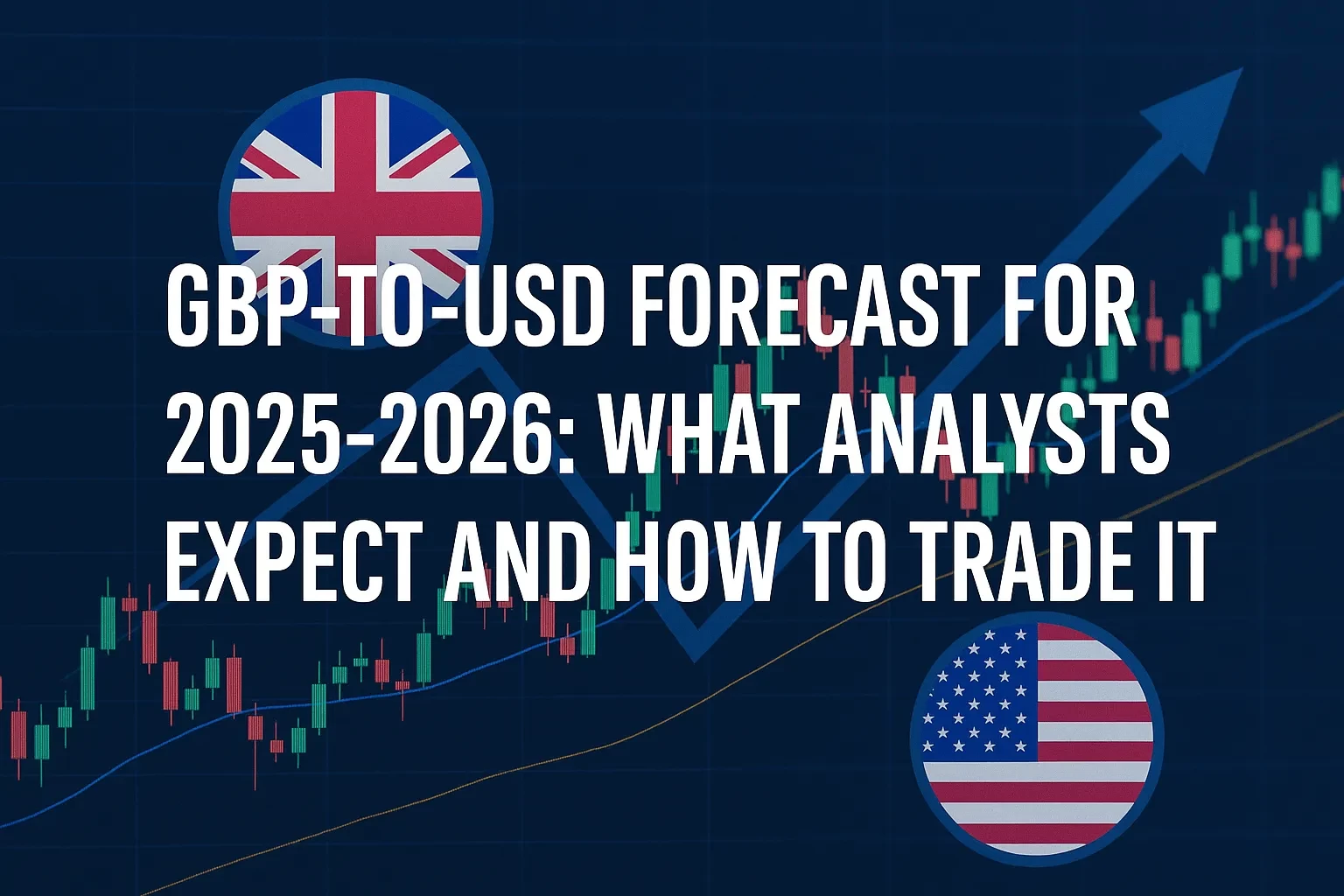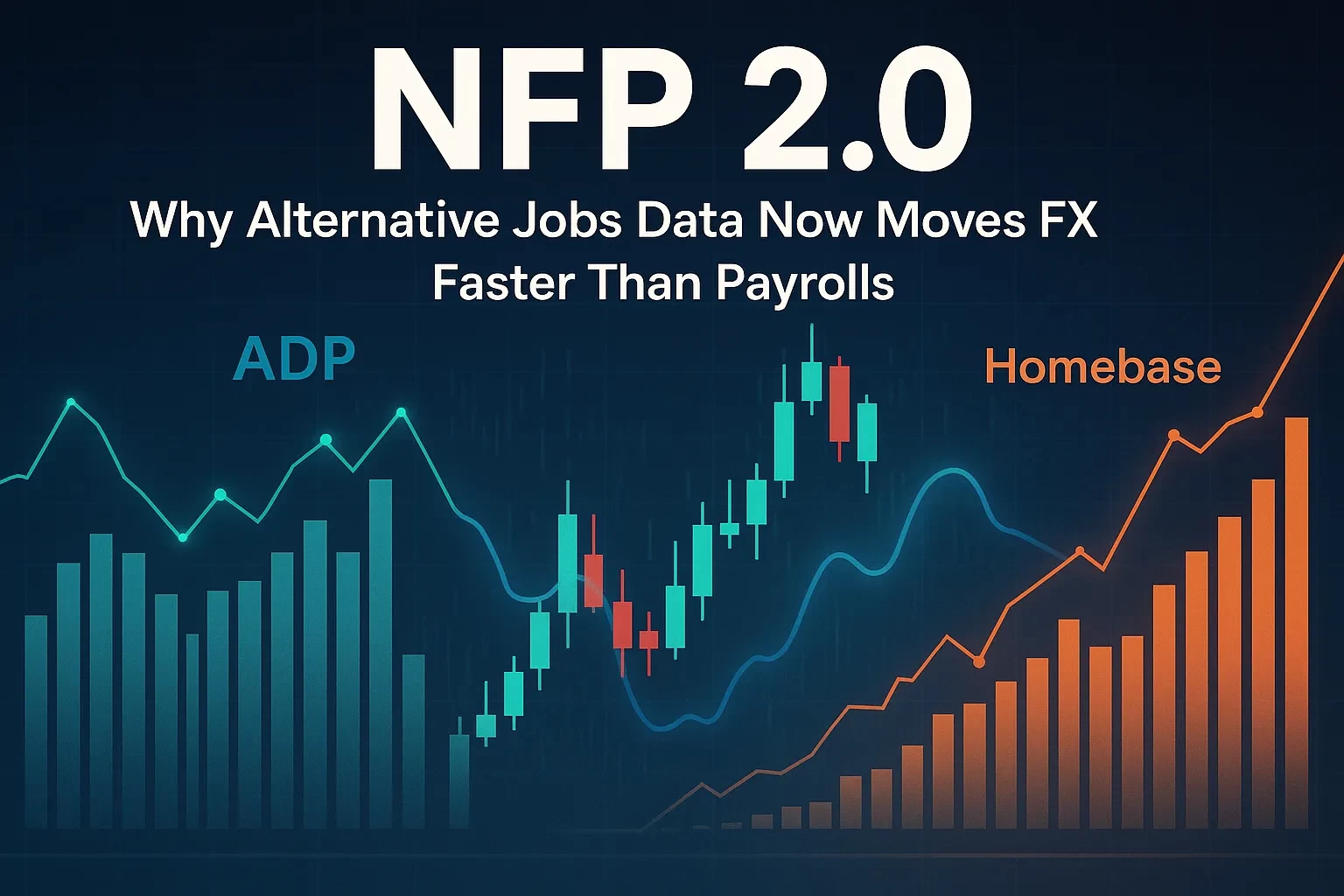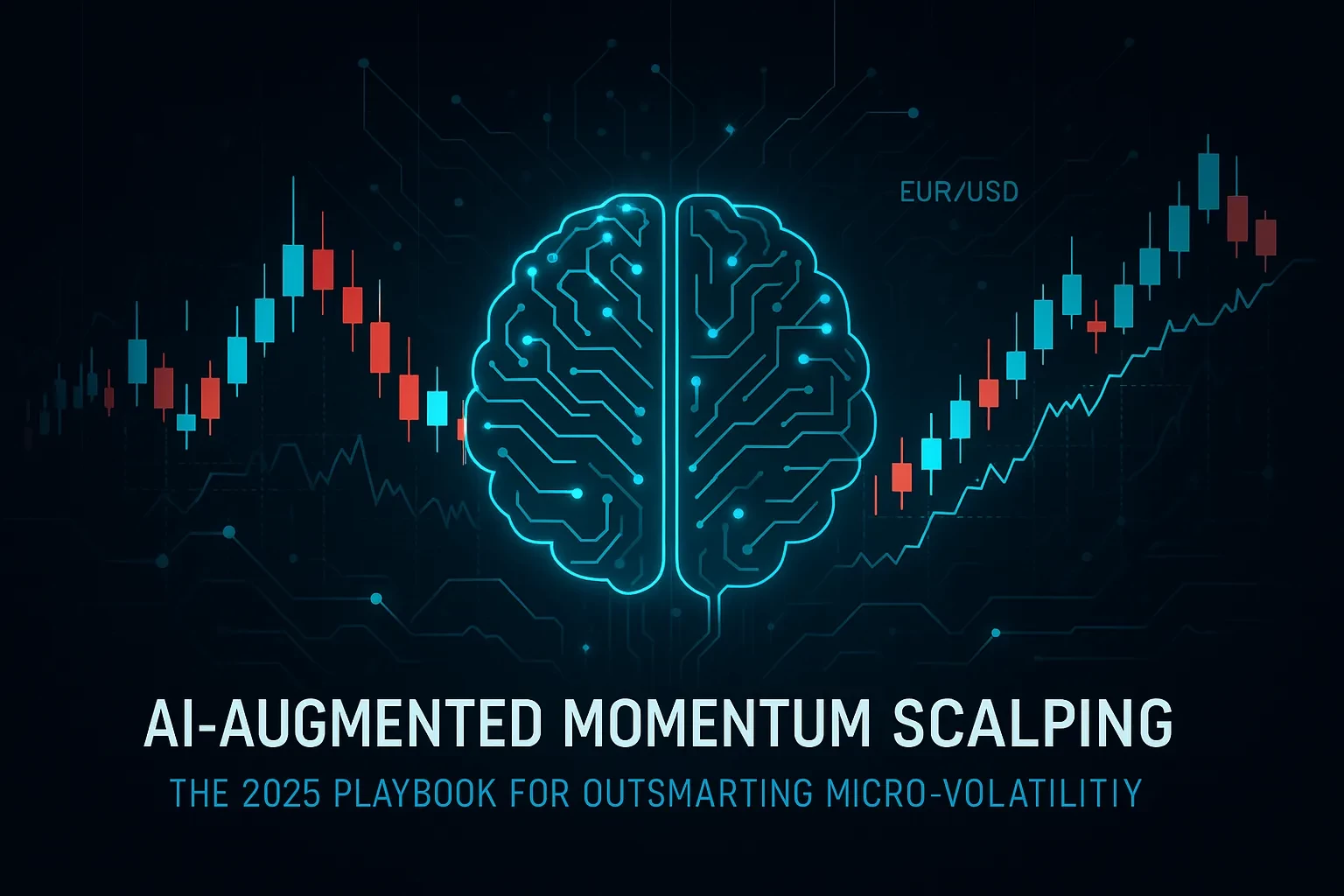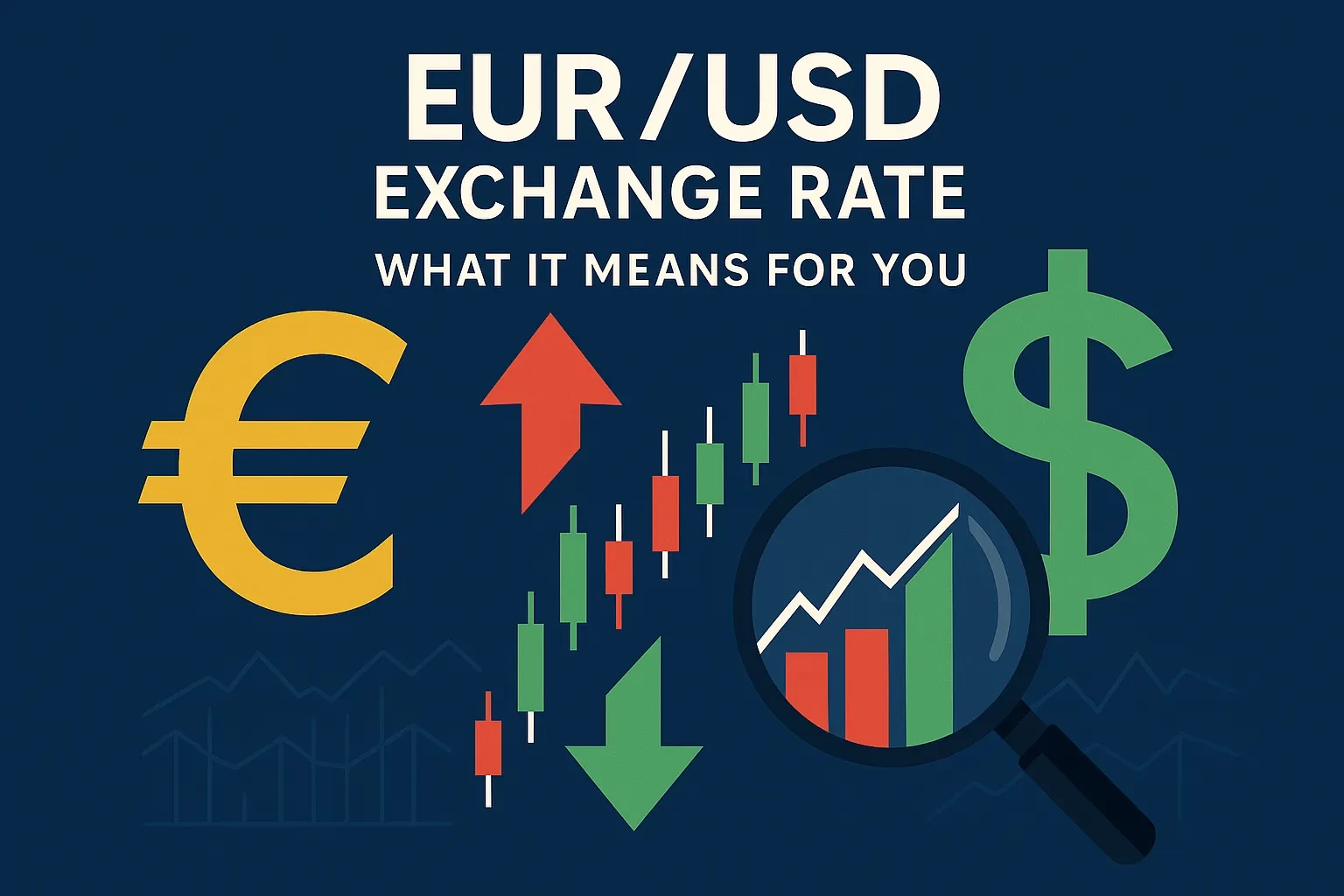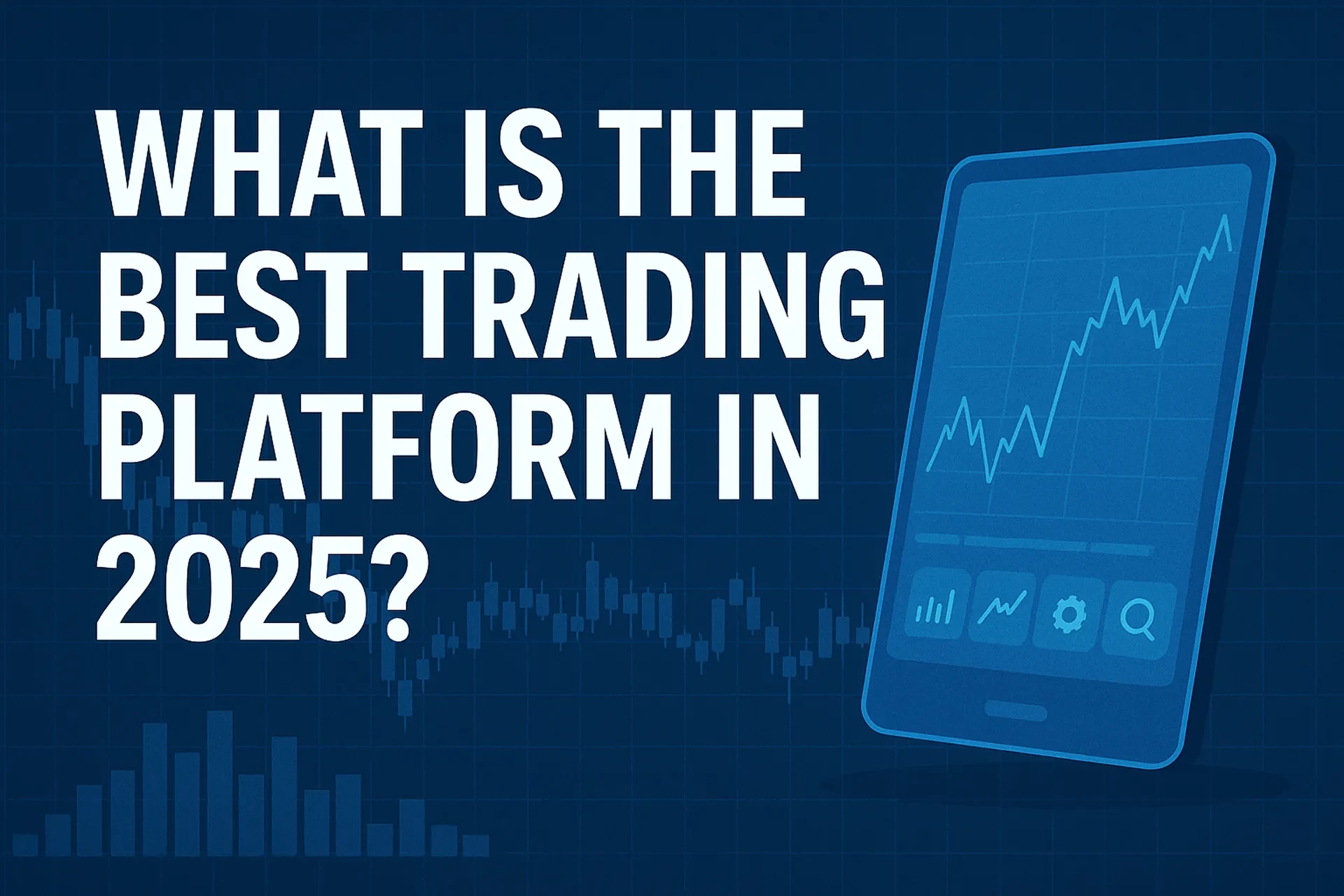Answer up front: Yes—AI sentiment extracted from earnings calls can help you anticipate (not guarantee) the direction and probability of next-day gaps, especially when you combine transcript sentiment with guidance keywords, Q&A tone, and market microstructure filters (e.g., LULD/halts and day-trading constraints). To use it responsibly, you should backtest on at least 4–8 quarters, deploy strict risk controls, and follow U.S. compliance rules (SEC/FINRA). (SEC, 2024; FINRA, 2024; NYSE, 2025; Reuters/NYSE, 2024).
Affiliate disclosure: If you include affiliate links to data tools mentioned, clearly disclose that you may earn a commission, in line with the FTC’s endorsement guidance. (Hall Render, 2024)
Table of Contents
Why this matters now
Earnings season still drives some of the fastest single-stock moves on U.S. exchanges. Natural-language models are getting better at extracting tone, forward-looking statements, and subtle cues from transcripts that retail traders often miss in real time. Peer-reviewed and academic-style work from 2024–2025 shows that LLMs trained or prompted on earnings calls can forecast subsequent returns better than conventional bag-of-words or generic sentiment dictionaries, because they capture context, speaker role (CEO vs. CFO), and Q&A subtext. (Berkeley iSchool, 2024; Lu et al., 2024; Jadhav, 2025)
At the same time, U.S. market plumbing (like Limit Up-Limit Down bands) and occasional exchange glitches can amplify or suppress your edge around the open, making execution just as important as prediction. (NYSE, 2025; Reuters/NYSE, 2024)
What we mean by “AI sentiment” (plain-English definitions)
• Earnings call: The prepared remarks + Q&A where management discusses results and outlook.
• AI/LLM sentiment: A model-derived score capturing tone and stance (e.g., “management sounds confident about margins”) from the transcript, often with per-section scores (prepared vs. Q&A) and entity-aware context. (Berkeley iSchool, 2024; Lu et al., 2024)
• Gap: The difference between prior close and next day open (or first tradable print) following the call.
• Front-run (legally): Building a rules-based position ahead of the expected open based on publicly available information and backtested signals—not trading on material nonpublic info (MNPI). Reg FD requires that any material information disclosed to select parties be made public broadly; do not trade on selective disclosures. (Investor.gov/Reg FD, 2024; SEC, 2024)
The WHISPER framework: an original, practical recipe
Use this 7-part checklist before every earnings:
1. W — Window the event
Confirm the call time (before/after market) and whether it precedes or follows the press release. Check for halts or LULD constraints around the print/open. (NYSE halts/LULD, 2024–2025)
2. H — Headline vs. Q&A divergence
The press release can look “fine,” yet the Q&A leaks concern. Weight Q&A sentiment 1.25–1.75× the prepared remarks in your model. (Berkeley iSchool, 2024; Lu et al., 2024)
3. I — Intent words (guidance verbs)
Track verbs like “tighten,” “moderate,” “re-accelerate,” and forward-looking qualifiers (“prudent,” “transitory”). Create a custom lexicon mapped to probabilistic impact on revenue/margin. (Jadhav, 2025)
4. S — Speaker role weighting
CFO tone often anticipates margin revisions; CEO tone drives long-term narrative. Weight CFO statements more for the next-day gap. (Berkeley iSchool, 2024)
5. P — Posture vs. macro backdrop
Align call tone with macro release proximity (e.g., CPI, jobs). If CPI drops at 8:30 a.m. ET the next morning, fade single-name conviction unless macro risk is hedged. (BLS CPI release schedule, 2025)
6. E — Execution guardrails
Account for halts, wide spreads, and opening auction dynamics. If a symbol repeatedly hits LULD bands on IPO-like days or glitchy sessions, use limit orders or opening-range breaks instead of market orders. (NYSE, 2025; Reuters/NYSE, 2024)
7. R — Rules + risk
If you are subject to the Pattern Day Trader rule, ensure the required $25k equity before day-trading equities around the open. (FINRA, 2024)
Step-by-step: Build a simple post-call gap model (in one evening)
1) Collect ground truth (4–8 quarters).
Download transcripts and timestamps for ~50–200 tickers you actually trade. Annotate whether the call was pre- or post-close. Store next-day open and prior close.
2) Score sentiment by section.
Use an LLM prompt that outputs: overall tone (−2 to +2), uncertainty (0–1), and top 5 “intent” phrases with polarity. Keep separate scores for prepared remarks and Q&A. (Berkeley iSchool, 2024; Lu et al., 2024)
3) Engineer three simple features.
• Q&A-Dominance = Q&A score − Prepared score
• Guidance-Verb Index (GVI) = sum of weighted “intent” hits
• Hedge-Need = 1 if macro release within 18 hours (e.g., CPI, jobs), else 0 (BLS, 2025)
4) Define your target.
Gap% = (Opent+1 − Closet) ÷ Closet. Also binarize: UpGap = 1 if Gap% > 0.5%, DownGap = 1 if Gap% < −0.5%.
5) Fit a logistic baseline.
Predict UpGap using Q&A-Dominance, GVI, and their interaction. You’re not trying to beat Wall-Street-grade models—just decide trade/no-trade.
6) Add microstructure filters.
Exclude cases where the symbol had >1 halt in the prior quarter’s open (NYSE historical halts), or where spreads > 0.6% at the first minute bar. (NYSE halts page, 2024)
7) Backtest entry/exit.
• Entry: If prob(UpGap) ≥ 0.62 and spreads < 0.5%, place a limit buy in the opening auction or trade a break of the first 1-minute range.
• Exit: Half off at +0.6× ATR(14, 1-min); trail the rest with 0.4× ATR.
• Stop: −0.35× ATR from entry or first LULD touch (no averaging down).
8) Validate.
Report precision/recall, average realized Gap%, and max drawdown. If the edge vanishes after removing the top 10 tickers, it’s likely curve-fit.
Practical mini-case: A hypothetical Q4 call
You process a tech company’s transcript after the close.
• Prepared remarks: +0.4 tone; neutral uncertainty.
• Q&A: −0.8 tone; high uncertainty; CFO repeats “normalize,” “moderate spend,” “macro cautious.”
• GVI: −3.2 (bearish).
• Macro next morning: CPI at 8:30 a.m. ET. (BLS schedule, 2025)
Interpretation: Q&A-Dominance = −1.2 with bearish verbs—historically linked to negative opens in your dataset. You set prob(DownGap)=0.68. However, CPI can overrule single-name moves. You either hedge with a small QQQ call spread or reduce size by 40%.
Simple math on expectancy (illustrative):
• Win rate (backtest): 58%
• Avg positive gap captured after slippage: +0.9%
• Avg loss to stop: −0.55%
• EV per trade = 0.58×0.9% − 0.42×0.55% = +0.30%
If LULD hits on the open per tape, you cancel your order and re-enter only if spreads normalize below 0.5% within 10 minutes. (NYSE/Reuters, 2024–2025)
Pros, cons, and how to control risk
Pros
• Converts messy language into structured, backtestable signals. (Lu et al., 2024; Jadhav, 2025)
• Q&A awareness: models can weigh analyst pushback and hedged language better than generic sentiment. (Berkeley iSchool, 2024)
• Scales across sectors; can be combined with options to express convex views.
Cons
• Execution friction: halts, wide spreads, and opening auctions can erase edge. (NYSE, 2024–2025; Reuters, 2024)
• Regulatory & ethical limits: You must avoid MNPI and comply with day-trading and disclosure rules. (Investor.gov/Reg FD, 2024; FINRA, 2024)
• Transfer risk: Macro releases (CPI/jobs) can overwhelm single-name signals. (BLS, 2025)
Concrete mitigations
• Trade only “A-setups”: high Q&A-Dominance magnitude + aligned GVI.
• Cap open-auction exposure; prefer limit orders and cancel on halts. (NYSE, 2024–2025)
• Pre-define no-trade windows around major releases. (BLS, 2025)
• Respect the Pattern Day Trader equity rule. (FINRA, 2024)
Common mistakes & expert tips
Mistakes
• Treating the press release as the thesis and ignoring Q&A tone.
• Using off-the-shelf “positive/negative” word lists that miss hedging, sarcasm, or guidance verbs. (Lu et al., 2024)
• Entering with market orders in LULD-skewed opens. (NYSE, 2024–2025)
• Over-trading under $25k equity and triggering PDT issues. (FINRA, 2024)
Expert tips
• Weight CFO statements more for next-day gaps; CEOs for multi-quarter drift. (Berkeley iSchool, 2024)
• Track analyst prompts: defensive answers (“we’ll circle back”) often precede negative gaps. (Lu et al., 2024)
• Maintain a “halt diary” for each ticker—symbols with frequent halts deserve smaller open-auction risk. (NYSE halts, 2024)
Compliance snapshot: the U.S. rules you should know
• Regulation FD (Fair Disclosure): If management discloses material information, it must be broadly public—don’t seek or use selective briefings. (Investor.gov/Reg FD, 2024)
• Insider trading: Trading while in possession of MNPI violates securities laws. Keep your inputs strictly public (transcripts, filings, public webcasts). (Investor.gov—Laws that Govern, 2024)
• Pattern Day Trader: $25,000 minimum equity for frequent day trading in margin accounts. (FINRA, 2024)
• Market mechanics: LULD and trading halts can affect fills and slippage; plan for them. (NYSE research & halts, 2024–2025; Reuters, 2024)
• Affiliate disclosures: If you include affiliate links to tools/data, add a clear, proximate disclosure. (Hall Render, 2024)
Plain-English risk disclaimer:
Trading around earnings is speculative and may result in rapid losses due to gaps, halts, and slippage. AI sentiment does not guarantee outcomes. Backtest thoroughly, use strict position sizing, and never trade on non-public information.
A simple, scannable playbook (one-table limit)
| Signal cluster | What you measure | Trade bias | Execution note |
|---|---|---|---|
| Q&A-Dominance ≤ −0.8 and GVI ≤ −2 | Bearish Q&A vs. neutral press release | Short bias / avoid longs | Prefer limit orders; cancel on first LULD touch |
| Q&A-Dominance ≥ +0.8 and GVI ≥ +2 | Confident answers + expansion verbs | Long bias | Use opening range break; partial size pre-open |
| High uncertainty but positive CFO tone | Risk flagged, but margins guided up | Small long, quick take-profit | Tight stop (≤ 0.35× ATR) |
| Macro in ≤ 18h conflicting with call tone | CPI/jobs versus company narrative | Reduce size 30–50% or hedge | Consider index options as overlay |
Takeaway: Combine what was said (GVI), who said it (CFO/CEO), and when you trade (macro and microstructure filters). (BLS, 2025; NYSE, 2024–2025)
FAQ
Conclusion: Your next steps
• Backtest the WHISPER framework on 8 quarters for your top 50 names.
• Keep it public and compliant: rely on official transcripts/webcasts; avoid selective disclosures; respect PDT rules. (Investor.gov; FINRA, 2024)
• Trade only high-confluence setups (Q&A-Dominance + GVI aligned), with execution guardrails for halts/LULD. (NYSE, 2024–2025)
• Iterate: monitor realized slippage around the open, and refine your filters (spreads, halt history, macro proximity).
• Learn continuously: follow SEC/Investor.gov and exchange notices to stay current on rules and market structure. (SEC, 2024; NYSE, 2025)

